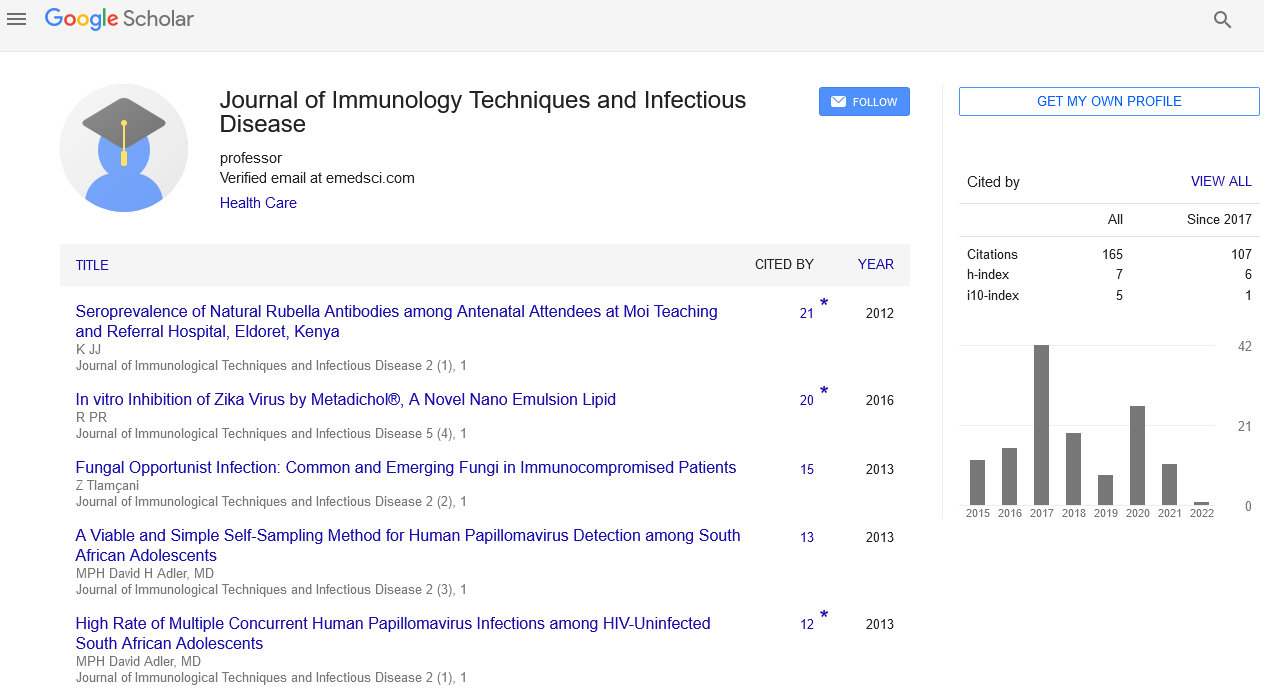Early diagnosis of influenza as zoonotic disease lowers its impact on public health
Giulio Tarro
Foundation T. and L. de Beaumont Bonelli for Cancer Research, Italy
: J Immunol Tech Infect Dis
Abstract
The history of flu viruses teaches that influence originates from birds, usually aquatic, and then it is transferred to man through the leap into pigs. The promiscuity of the herds facilitates this transition and then the spread. Three pandemics caused by influenza A viruses, which occurred in the 20th century, have all had this origin: the ‘Spanish flu’ (1918, H1N1), the ‘Asian flu’ (1957, H2N2) and the ‘Hong Kong flu’ (1968, H3N2). The 2009 H1N1 influenza virus acted during the winter in Australia and New Zealand yielding a pattern effect for the treatment of patients during the winter in the Northern Hemisphere. The performance of rapid diagnostic test for the detection of novel influenza A (H1N1) virus was evaluated by the Centers for Disease Control and Prevention. The findings of severe respiratory disease concurrent with the circulation of H1N1 influenza was proved by the aforementioned test. Even the potential impact of pandemic influenza during the Hajj pilgrimage was taken in account to reduce the substantial effect on the crowd to spread the infection.
 Spanish
Spanish  Chinese
Chinese  Russian
Russian  German
German  French
French  Japanese
Japanese  Portuguese
Portuguese  Hindi
Hindi 
